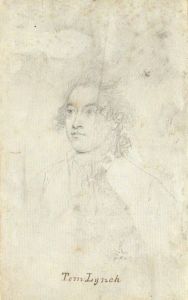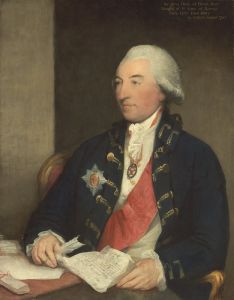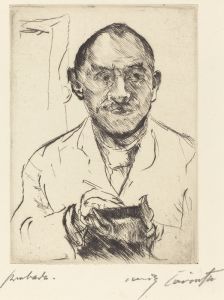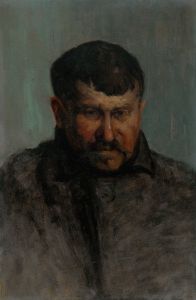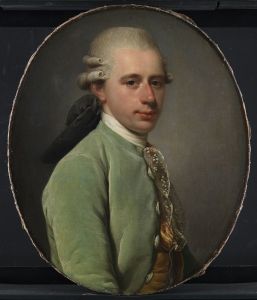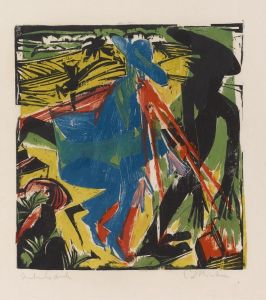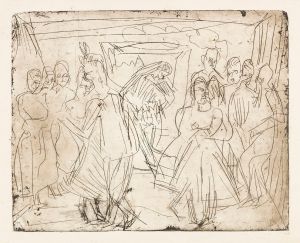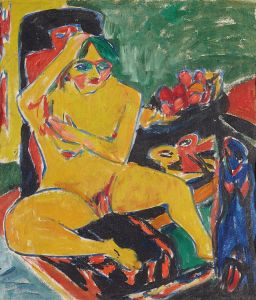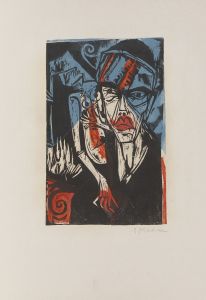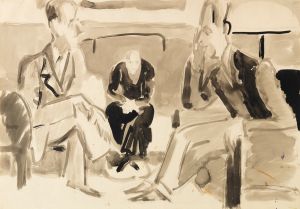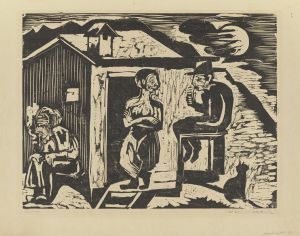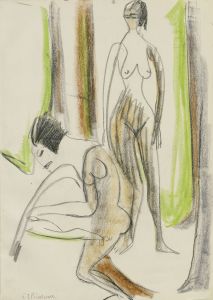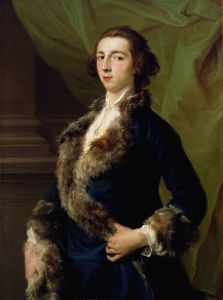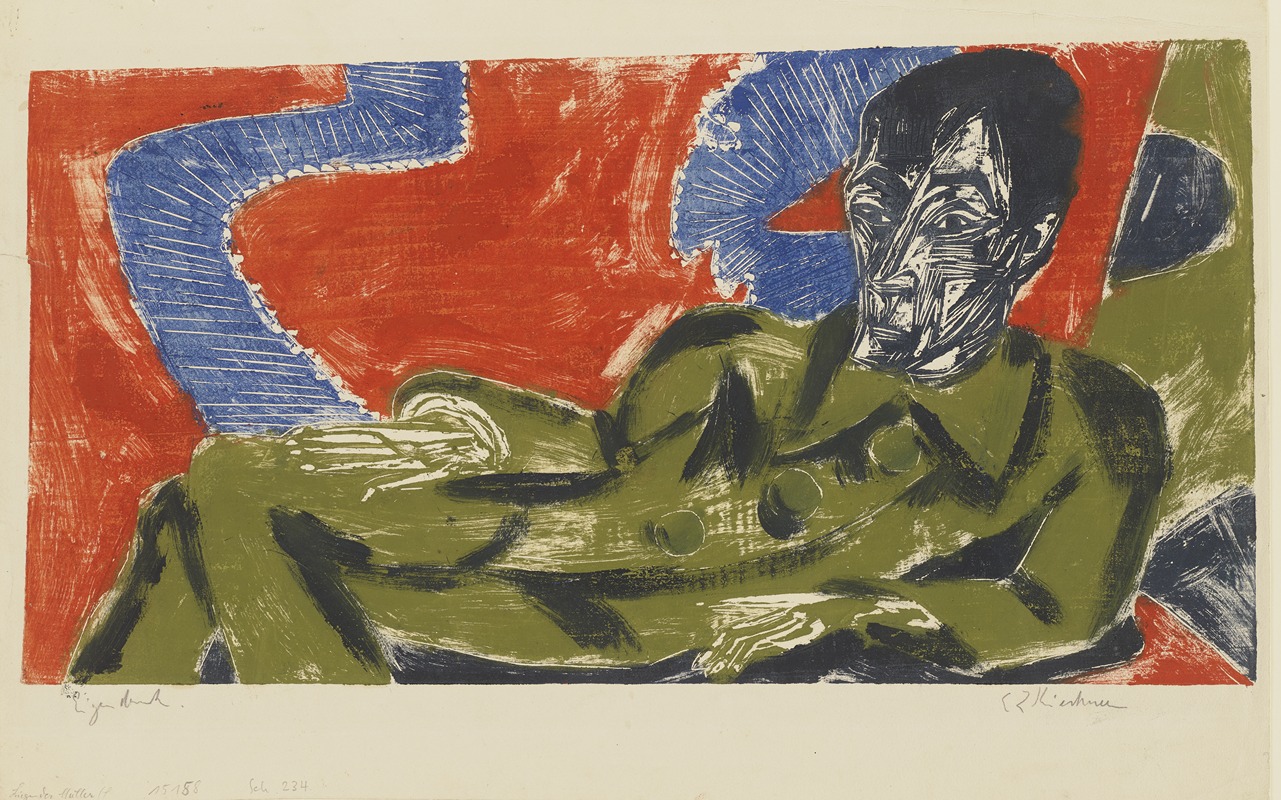
Portrait of Otto Mueller
A hand-painted replica of Ernst Ludwig Kirchner’s masterpiece Portrait of Otto Mueller, meticulously crafted by professional artists to capture the true essence of the original. Each piece is created with museum-quality canvas and rare mineral pigments, carefully painted by experienced artists with delicate brushstrokes and rich, layered colors to perfectly recreate the texture of the original artwork. Unlike machine-printed reproductions, this hand-painted version brings the painting to life, infused with the artist’s emotions and skill in every stroke. Whether for personal collection or home decoration, it instantly elevates the artistic atmosphere of any space.
"Portrait of Otto Mueller" is a painting by the German expressionist artist Ernst Ludwig Kirchner, created in 1915. Kirchner was a founding member of the influential German expressionist group Die Brücke, which played a crucial role in the development of modern art in the early 20th century. This group sought to create a new form of artistic expression that bridged traditional and modern approaches, emphasizing emotional experience over realistic representation.
The painting depicts Otto Mueller, a fellow member of Die Brücke and a notable expressionist painter in his own right. Mueller joined Die Brücke in 1910, and his work often featured nudes and landscapes, characterized by a unique style that combined elements of primitivism and symbolism. The relationship between Kirchner and Mueller was one of mutual respect and artistic collaboration, and this portrait is a testament to their friendship and shared artistic vision.
In "Portrait of Otto Mueller," Kirchner employs his distinctive expressionist style, characterized by bold colors, dynamic brushstrokes, and a focus on capturing the emotional essence of the subject rather than a realistic likeness. The painting reflects the tension and anxiety of the period, as it was created during World War I, a time of significant upheaval and uncertainty in Germany and across Europe. Kirchner's use of color and form in this portrait conveys a sense of psychological depth and complexity, capturing Mueller's introspective and contemplative nature.
Kirchner's work, including this portrait, is noted for its vibrant use of color and innovative composition. He often used non-naturalistic colors to evoke emotion and challenge traditional artistic conventions. In "Portrait of Otto Mueller," the color palette is both vivid and somber, reflecting the inner turmoil and existential concerns of the time. The brushwork is expressive and fluid, contributing to the overall dynamic and emotive quality of the piece.
The painting is also significant for its historical context within the expressionist movement. Die Brücke artists were known for their rejection of academic art standards and their embrace of a more spontaneous and direct approach to painting. Kirchner, in particular, was interested in exploring the human condition and the complexities of modern life through his art. This portrait exemplifies these themes, as it captures not only the likeness of Mueller but also the broader emotional and psychological landscape of the era.
"Portrait of Otto Mueller" is housed in the Brücke Museum in Berlin, which is dedicated to the works of the Die Brücke artists. The museum holds an extensive collection of Kirchner's works, providing insight into his development as an artist and his contributions to the expressionist movement. This portrait remains an important piece within Kirchner's oeuvre, illustrating his mastery of expressionist techniques and his ability to convey profound emotional depth through his art.
Overall, "Portrait of Otto Mueller" stands as a significant work within the context of early 20th-century art, reflecting both the personal relationship between two prominent artists and the broader cultural and historical currents of the time.





